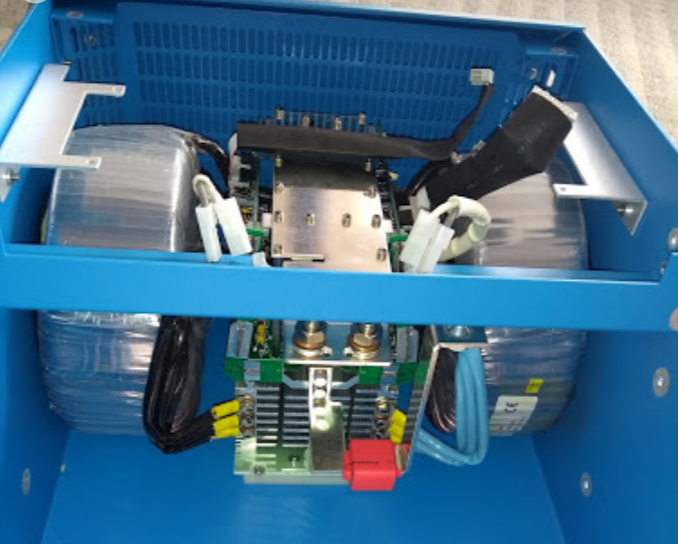Hi folks,
I have a 5kVA Multiplus, wrapped up in an easy solar package but I dont think that matters in this context.
It is hooked up to a 13.8kWh BYD pack, all installed as it should be.
I am looking for opinions about doing a limited amount of welding, using a modern inverter based welder.
The welder would only require a single 13A supply and would probably only need to be set at about 80%, possibly less, of its maximum output.
Obviously load isnt an issue, but I am interested to know if I should be considering anything else or even if there is some technical reason that some load are not advised.
Thanks,
Al

